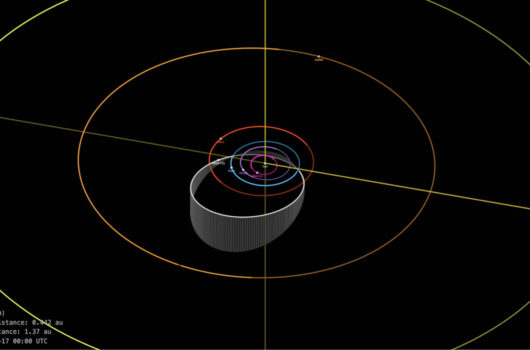Celestial Objects as Strongly-Interacting Asymmetric Dark Matter Detectors
Celestial Objects as Strongly-Interacting Asymmetric Dark Matter Detectors
View
Abstract
Non-annihilating dark matter particles, owing to their interactions with ordinary baryonic matter, can efficiently accumulate inside celestial objects. For heavy mass, they gravitate toward the core of the celestial objects, thermalize in a small core region, and eventually form tiny black holes via core collapse, resulting destruction of the host objects. We demonstrate that the existence of a variety of celestial objects provides stringent constraints on strongly-interacting heavy dark matter, a blind-spot for the terrestrial dark matter detectors as well as for the cosmological probes. Celestial objects with larger sizes and lower core temperatures, such as Jupiter, are the most optimal detectors to probe the strongly-interacting heavy asymmetric dark matter.




